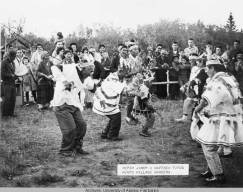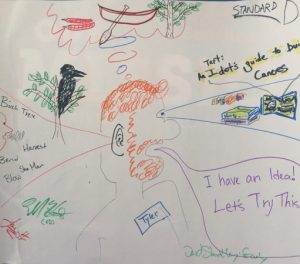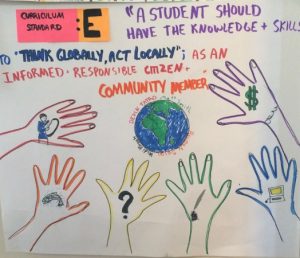My group focused on Standard A, and I focused particularly on the third aspect of this standard: incorporates contemporary adaptations along with the historical and traditional aspects of the local culture.
I want to get students thinking creatively about contemporary ways to tell stories, but I also want them to be able to draw on the lessons of traditional stories and legends. I think I would start by discussing the differences between written and oral versions of the same story. I would try to find a storyteller who could come in and tell a traditional story to the class. Then I would assign students a written version of the same story to read, and we would discuss the overall lessons of the story and any differences between the two versions.
From here, the assignment can branch in two directions. Students could collect a book of stories – get permission from Elders to record them telling stories and make transcripts. Or, for a smaller assignment, students could discuss traditional stories, identify central themes or lessons in those stories, and then write contemporary stories of their own that have the same themes and lessons. The stories would not be adaptations of the traditional stories – they would be original creative works, but they would draw for inspiration on the purpose and meaning of the traditional stories.




